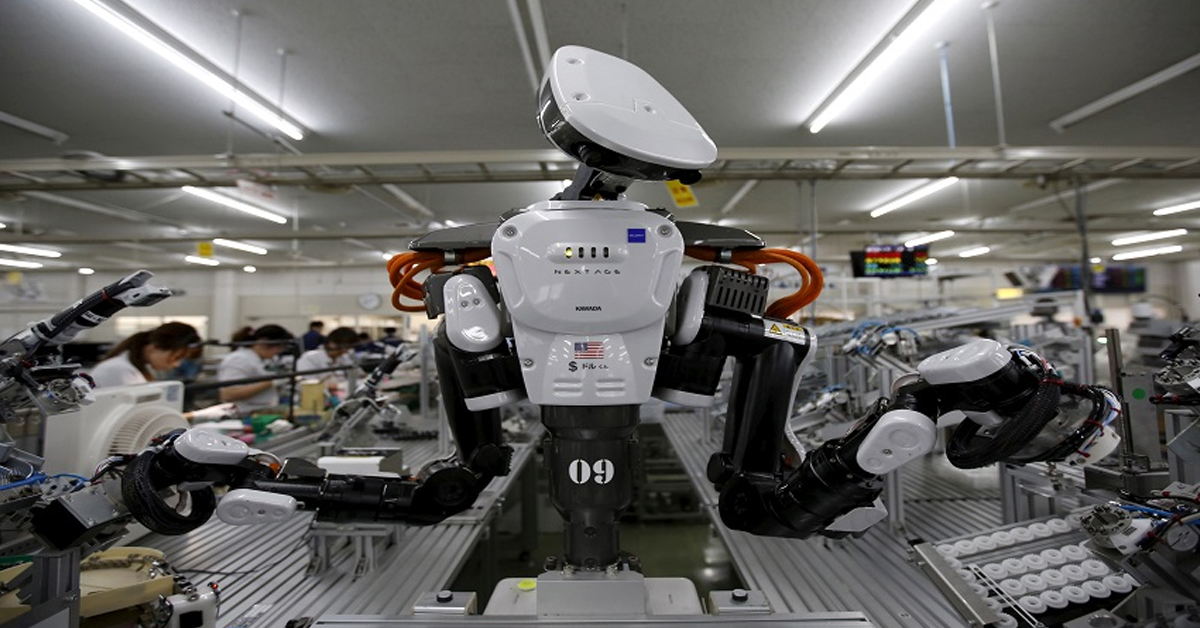Japan’s Machinery Orders Surge, Potentially Easing Domestic Demand Worries
In February, Japan’s crucial measure of capital investment, core machinery orders, saw its largest increase in a year, indicating a robust recovery from a decline the previous month. This uplift could help alleviate concerns about sluggish domestic demand amid fears over a weakening yen and rising living costs.
The Cabinet Office reported that these orders surged by 7.7% from January, significantly outperforming the modest 0.8% rise that economists had anticipated. This marked the most rapid expansion since January 2023 and more than made up for a 1.7% decrease in January.
Takeshi Minami, Chief Economist at Norinchukin Research Institute, suggested that the upturn could signify a turning point. He noted that the recent profit growth and wage increases among Japanese companies are likely prompting these firms to escalate their investments. Despite this optimistic outlook, Minami cautioned that global uncertainties, such as potential conflicts in the Middle East escalating oil prices, could still undermine capital expenditure intentions.
In a significant escalation of regional tensions, Iran attacked Israel with drones and missiles, marking its first direct assault and amplifying fears of a broader conflict.
Despite the surge in February, core machinery orders still showed a year-over-year decline of 1.8%, although this was less severe than the 6.0% drop economists had forecasted.
The increase in capital spending comes at a time when Japanese policymakers are intensively trying to foster a growth cycle based on sustained consumer spending and strong wages. There have been significant investment plans by Japanese firms in recent years; however, economic uncertainties often delayed these initiatives.
Now, with substantial wage increases by major employers potentially boosting domestic consumption, there is an optimistic sense that business confidence and thus investment might finally be on the rise.
Adding to the economic backdrop are ongoing concerns about the yen’s weakness, which recently hit a 34-year low against the dollar, exacerbating the cost of imports and increasing the financial strain on households.
In a notable policy move, the Bank of Japan recently ended its long-standing negative interest rates, moving away from the ultra-loose monetary stance it had maintained for over a decade. While this marks a significant shift, the Bank continues to approach further tightening with caution, aiming to stabilize Japan’s economic path towards normalization of monetary policy.











